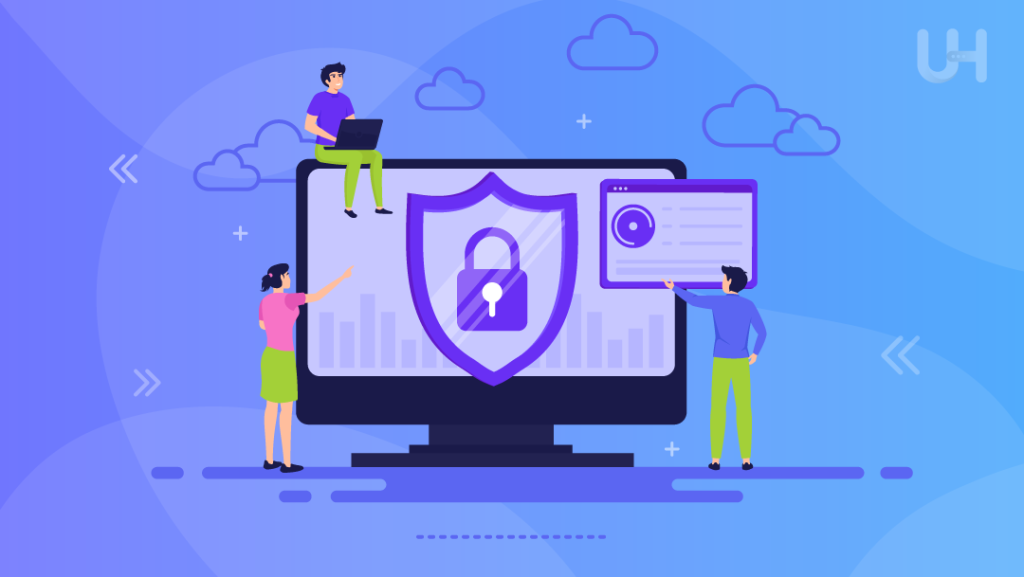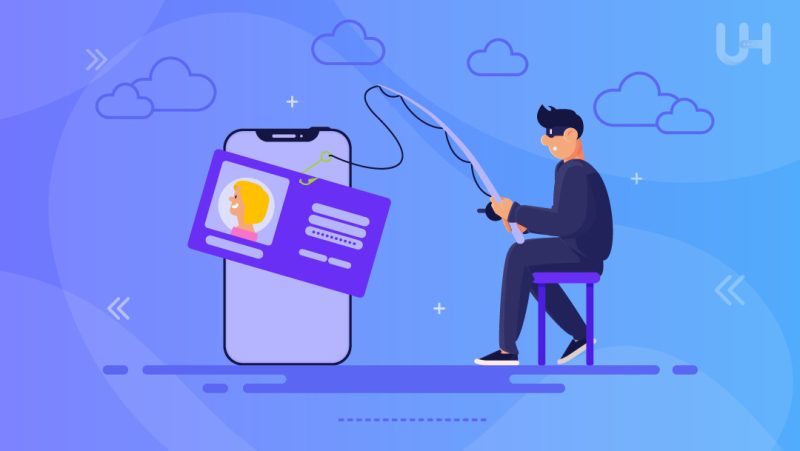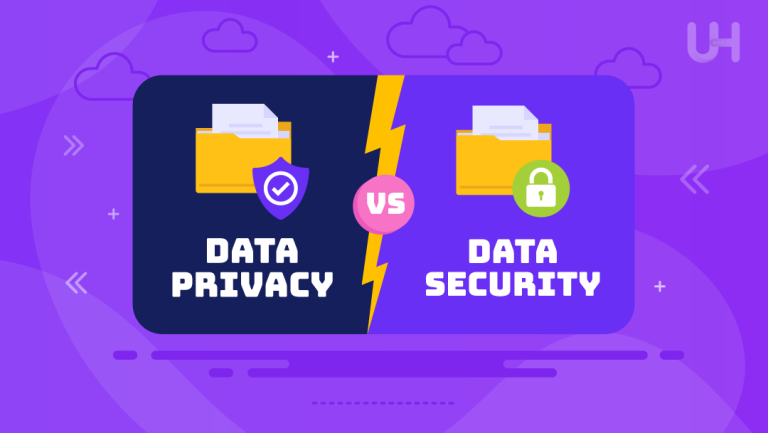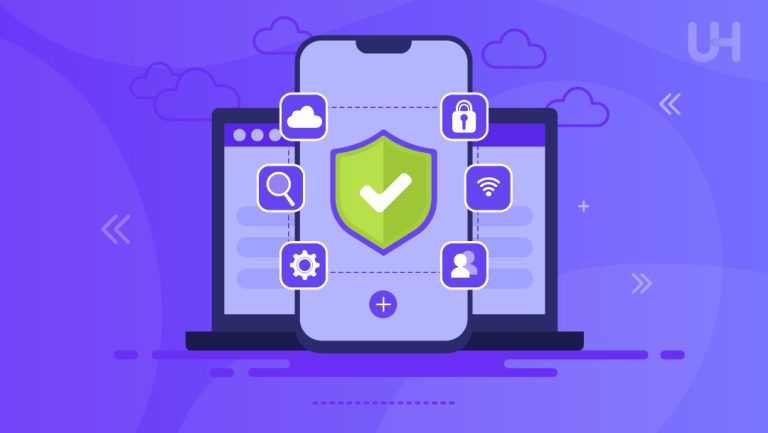Identity theft is a lurking threat in today’s world, simply because the digital age has raised the bar for how easily information can be snatched. Identity theft is when a person steals your personal information, such as a Social Security number or even credit card details, to commit fraud. The impact can be anything from a severely drained bank account to a ruined credit score.
Protection of personal information has never been more needed. Cybercriminals are coming up with new ways of exploitation all the time, and thus, one needs to become equally careful.
In this blog, we will discuss identity theft and practical ways to protect online identity so that one can be safe in the digital age.
What is Identity Theft?
Identity theft is when someone takes your personal details, for instance, your name, Social Security number, credit card information, or other sensitive information, and uses it illegally without your consent. The intended purposes are usually for fraudulent transactions or other criminal activities that end up with a loss of finance and damage to credit and reputation.
There are several types of identity theft, each targeting different aspects of your personal life:
- Financial Identity Theft: The most common form in which financial thieves get a hold of your information for the intent of unauthorized purchasing, fund withdrawals, and the opening of new credit accounts in personal names.
- Medical Identity Theft: This can be used by another person to obtain treatment, medication, or access to medical insurance benefits in your name and personal information. This would breed inconsistencies in your medical files, which would be detrimental to your life and good management.
- Criminal Identity Theft: Someone may commit a crime in your name, which will eventually lead to the issuance of charges or arrest warrants against your name.
- Synthetic Identity Theft: Often considered the new form, this kind of theft is where the thieves blend real and fabricated information into a new entity, many times using the Social Security number of a child.
How Identity Theft Occurs
Identity thieves use a variety of methods to steal your personal information, often exploiting vulnerabilities in your online and offline activities. Some common tactics include:
- Phishing: Scammers send e-mails, texts, or sites that appear authentic but actually are fake and might dupe you into giving out personal information, such as your password or credit card number.
- Data Breaches: Enterprises or institutional data security breaches of massive proportions expose millions of personal records, letting thieves into a great deal of information.
- Social Engineering: This is a process where individuals are psychologically manipulated to give away private information. Normally, this is by pretending to be someone credible or trustworthy, such as a bank representative or technical support agent.
- Skimming: The thieves capture credit or debit card information via devices while conducting legitimate transactions; this mostly happens at ATMs and gas stations.
- Mail Theft: Stealing mail containing credit card statements or tax documents may give thieves all identity theft information.
Signs That You May Be a Victim of Identity Theft
Identity theft is devastating and can cause huge financial losses, credit damage, and long, stressful recovery. However, its effect can be contained with early detection. The signs of identity theft are not easy to spot most of the time. Thus, here are important indications that you could be a victim. When you understand and remain alert for these signs, you can act fast to protect yourself and your personal information.
Unexplained Financial Activity
Probably one of the most common indications that someone’s identity has been compromised is discovering financial activity in their accounts that cannot be explained. For example, if you discover charges on your credit card statement that you simply do not recognize or find out about withdrawals from your bank account that you did not authorize, these could be clear indications of identity theft. Furthermore, notices for unpaid bills or debts that you know nothing about can also be an indication of someone opening accounts and incurring debts in your name. These activities not only drain your wallet but may also bring down your credit score drastically.
Be on the lookout for unauthorized accounts or transactions. This is another indicator that you might have fallen victim to identity theft. For instance, if you begin receiving bills or statements for credit cards or loans that you never applied for, it is probably because a thief has opened these accounts using your personal information. Also, if you apply for credit and it surprisingly turns you down, yet you know you have a good credit history, this could be because someone has opened and maxed out accounts in your name, which ruined your creditworthiness.
Alerts from Financial Institutions
Most financial institutions have alert systems in place when there are unusual activities or some kind of suspicion within the customers’ accounts. If your bank or credit card company contacts you about transactions that seem unusual—like very large purchases, charges from unknown places, or multiple failed login attempts—it is indicative that your account has been compromised. Moreover, if somebody changed your personal details, such as address or phone number, and you did not authorize these changes, it might indicate that the thief has logged into your account and is trying to obtain full access.
Other Warning Signs
Other more discreet indicators that you are a victim of identity theft include the following: You suddenly stop receiving valuable mail, such as statements from your bank and credit cards, collection notices, or your tax refund or IRS statements. This could indicate that someone has filed a change of address for you to redirect your mail so that they can get hold of your information.
Another alarming indication is when you get sued or arrested for crimes someone else has done. This can be in a situation where the criminal has used your identity in the course of a crime, and now there are false records on your account and you are in legal trouble. These scenarios underline the fact that it is very essential to be vigilant and spot early warnings of identity theft.
How to Safeguard Your Online Identity

Protecting your online identity is crucial in today’s digital landscape, where cyber threats are constantly evolving. By taking proactive security measures like using DDos-protected VPS for your site, you can significantly reduce the risk of becoming a victim of identity theft. Below are essential strategies to help you safeguard your online identity.
Strong Password Practices
Create strong and unique passwords for all your online accounts. Constitute a strong password with both upper and lower-case letters, numbers, and special characters to make it strong and complicated for hackers to crack. Not at all include easily guessed information like your name, birthday, or well-known words. Also, avoid using the same passwords for various accounts—once one is compromised, they all can go. To both manage and store these complex passwords securely, consider using a password manager. Not only will these products generate strong passwords, but they’ll also store them safely so you don’t have to remember all of them.
Two-Factor Authentication (2FA)
Two-Factor Authentication (2FA) adds an extra layer of security to your accounts by requiring two forms of verification before granting access. Typically, 2FA involves something you know (like a password) and something you have (like a phone or security token). Even if a hacker manages to obtain your password, they would still need the second factor to access your account, significantly reducing the chances of unauthorized access.
Enabling 2FA is straightforward and can be done on most popular platforms like email services, social media accounts, and online banking. Check the security settings of your accounts to activate 2FA, and ensure that the method you choose (such as SMS codes or authenticator apps) is convenient and secure for you.
Secure Your Devices and Networks
Your online security is only as strong as the devices and networks you have, so use id protection services. Keeping your software, apps, and devices up-to-date with the latest security patches is essential to protecting against known vulnerabilities. Hackers often exploit outdated software, so enabling automatic updates can help keep your devices secure. It’s also a good idea, to look for identity theft protection services, that fit your needs. Additionally, using secure Wi-Fi networks is crucial, especially when conducting sensitive transactions like online banking. Public Wi-Fi networks are often unsecure and can be a hotbed for cybercriminal activity. If you must use public Wi-Fi, consider using a Virtual Private Network (VPN) to protect your data privacy and keep it safe from prying eyes.
Be Wary of Phishing Scams
Phishing scams are one of the most common ways cybercriminals steal personal information. These scams often come in the form of spam emails, texts, or websites that appear to be from legitimate sources, such as your bank or a well-known company, but are actually designed to trick you into revealing sensitive information. To avoid falling victim to phishing, always be cautious when clicking on links or downloading attachments from unknown or suspicious sources. Look out for signs of phishing, such as generic greetings, urgent language, and spelling or grammatical errors. If you suspect a phishing attempt, do not respond or click on any links; instead, report it to the legitimate organization it claims to represent and delete the message.
Monitor Your Accounts Regularly
Regularly monitoring your accounts is key to detecting identity theft early. Make it a habit to frequently check your bank statements, credit card activity, and credit reports for any unauthorized transactions or suspicious activity. Many financial institutions offer the option to set up alerts that notify you of any unusual activities, such as large purchases or attempts to access your account from unfamiliar devices. Utilizing transaction monitoring software with advanced tool features can help you detect suspicious patterns early, providing an additional layer of protection against fraud. These alerts can help you respond quickly if something seems amiss, potentially preventing further damage. Additionally, you can request a free credit report annually from each of the major credit bureaus to ensure your credit history is accurate and free from fraudulent activity.
Protect Personal Information
Finally, protecting your personal information is crucial to safeguarding your online identity. Be mindful of how much personal information you share online, especially on social media. Cybercriminals often use details like your birthdate, address, or even the names of your pets to guess passwords or answer security questions. To limit your exposure, review your privacy settings on social media platforms and only share information with trusted connections. Offline, securely dispose of documents containing sensitive information, such as bank statements or medical records, by shredding them before discarding. By taking these precautions, you can reduce the risk of your personal information falling into the wrong hands.
Conclusion
Protecting your online identity is crucial in today’s digital world. Identity theft can lead to significant financial and emotional challenges, but being proactive can help you stay safe. Recognize the signs of identity theft, such as unexpected financial activity or unauthorized accounts, and take preventive steps like using strong passwords and enabling two-factor authentication.
If you do become a victim, act quickly by contacting your financial institutions, placing fraud alerts, and reporting the theft to authorities. Regularly monitor your accounts and consider additional support if needed. Staying vigilant and informed will help you safeguard your online identity and navigate the digital landscape with confidence.
For an added layer of security, consider exploring Anonymous VPS Hosting options. This can help keep your online activities private and secure, further safeguarding your digital presence. Stay informed, stay cautious, and take control of your online identity today.










